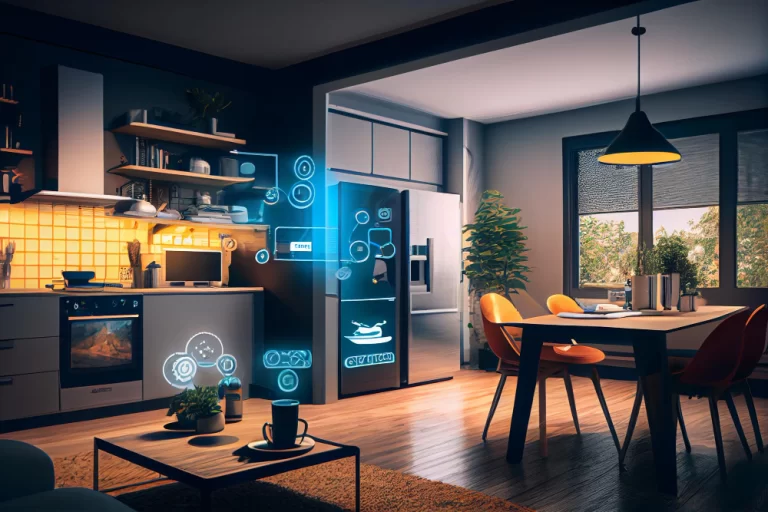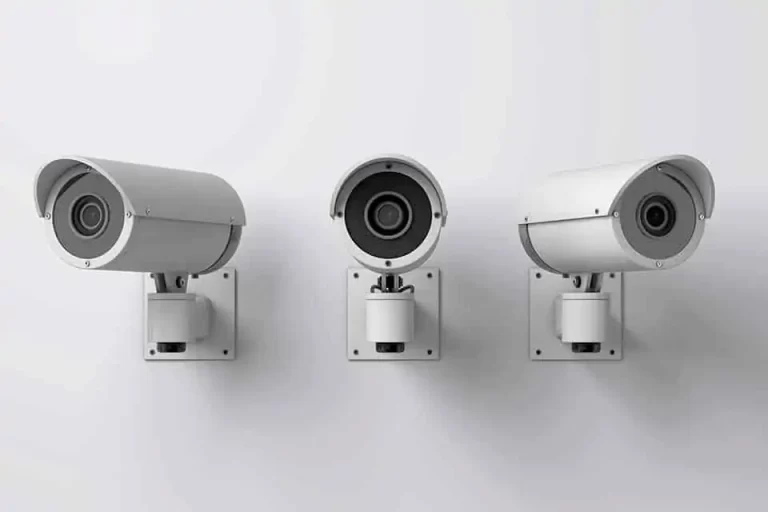Which Cameras are Best for CCTV? Dome Cameras
Which cameras are best for CCTV? Closed-Circuit Television (CCTV) cameras play a crucial role in ensuring the safety and security of people and property. This article provides you with a detailed guide to help you make an informed decision.

Which Cameras are Best for CCTV?
CCTV cameras come in various types and models, each designed for specific purposes and environments.
To determine the best cameras for CCTV, it is essential to consider factors such as image quality, resolution, night vision capabilities, storage options, and ease of installation.
Let’s delve deeper into the different types of CCTV cameras and their respective features.
1. Dome Cameras
Dome cameras are one of the most popular choices for CCTV surveillance. Their discreet design, vandal-proof casing, and 360-degree coverage make them suitable for both indoor and outdoor installations.
With high-resolution image sensors and advanced features such as Wide Dynamic Range (WDR) and Infrared (IR) illumination, dome cameras provide clear and detailed footage, even in challenging lighting conditions.
2. Bullet Cameras
Bullet cameras are another common type of CCTV camera. They are characterized by their cylindrical shape and are often used for long-distance monitoring.
With their powerful zoom capabilities, bullet cameras can capture high-resolution images over extended distances. They are also weatherproof, making them ideal for outdoor surveillance.
3. PTZ Cameras
PTZ (Pan-Tilt-Zoom) cameras offer enhanced flexibility and control. These cameras can be remotely controlled to pan, tilt, and zoom in on specific areas of interest.
PTZ cameras are commonly used in large-scale surveillance applications, such as stadiums and parking lots, where real-time monitoring and tracking are essential.
4. Thermal Cameras
Thermal cameras utilize heat signatures to detect and capture images. They are particularly useful in low-light or zero-light environments, as they do not rely on visible light to produce images.
Thermal cameras are often employed in applications where detecting human or animal movement is crucial, such as perimeter security and wildlife monitoring.
5. Wireless Cameras
Wireless cameras provide the convenience of easy installation and flexibility in camera placement.
They use Wi-Fi or other wireless protocols to transmit video and audio signals, eliminating the need for extensive cabling.
Wireless cameras are suitable for both indoor and outdoor use, and their compact size allows for discreet surveillance.
Factors to Consider When Choosing CCTV Cameras

Selecting the best cameras for CCTV requires careful consideration of various factors. Here are some key points to keep in mind when making your decision:
1. Resolution
Opt for cameras with high-resolution image sensors to ensure clear and detailed footage. High-definition (HD) cameras with resolutions of 1080p or above are recommended for optimal image quality.
2. Night Vision
If you require surveillance during nighttime or low-light conditions, choose cameras equipped with infrared (IR) LEDs or other night vision technologies. These cameras can capture clear images even in complete darkness.
3. Storage
Consider the storage options available for your CCTV system. Most cameras support local storage through SD cards, while others offer cloud-based storage solutions.
Evaluate your storage needs based on the desired recording duration and accessibility.
4. Field of View
Determine the area you want to cover and choose cameras with an appropriate field of view (FOV). Wide-angle lenses provide a broader coverage area, while narrow lenses are suitable for focusing on specific targets.
5. Weather Resistance
For outdoor surveillance, ensure that the cameras are weatherproof and can withstand extreme temperatures, humidity, and other environmental factors.
6. Power Source
Decide whether you prefer wired or wireless cameras. Wired cameras require a constant power source, while wireless cameras rely on batteries or power over Ethernet (PoE) options.
7. Ease of Installation
Consider the ease of installation and setup. Some cameras are designed for DIY installation, while others may require professional assistance.
Conclusion
When it comes to selecting the best cameras for CCTV, it’s essential to consider your specific surveillance needs and requirements.
Whether you opt for dome cameras, bullet cameras, PTZ cameras, thermal cameras, or wireless cameras, each type offers unique features to cater to different environments and applications.
By considering factors such as resolution, night vision capabilities, storage options, and ease of installation, you can make an informed decision and ensure the safety and security of your property.
Remember, a well-designed CCTV system can provide you with peace of mind and act as a powerful deterrent against potential threats.
READ ALSO!!!






